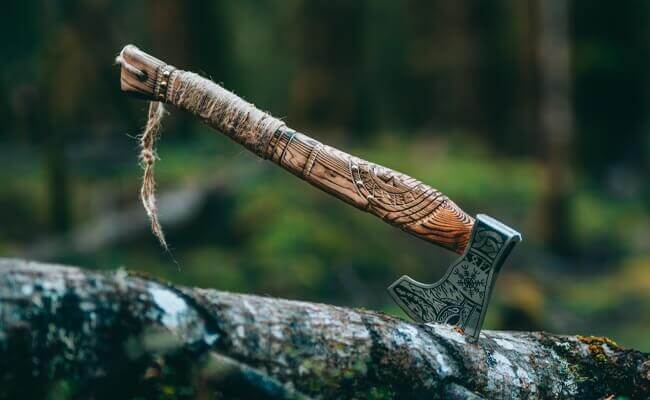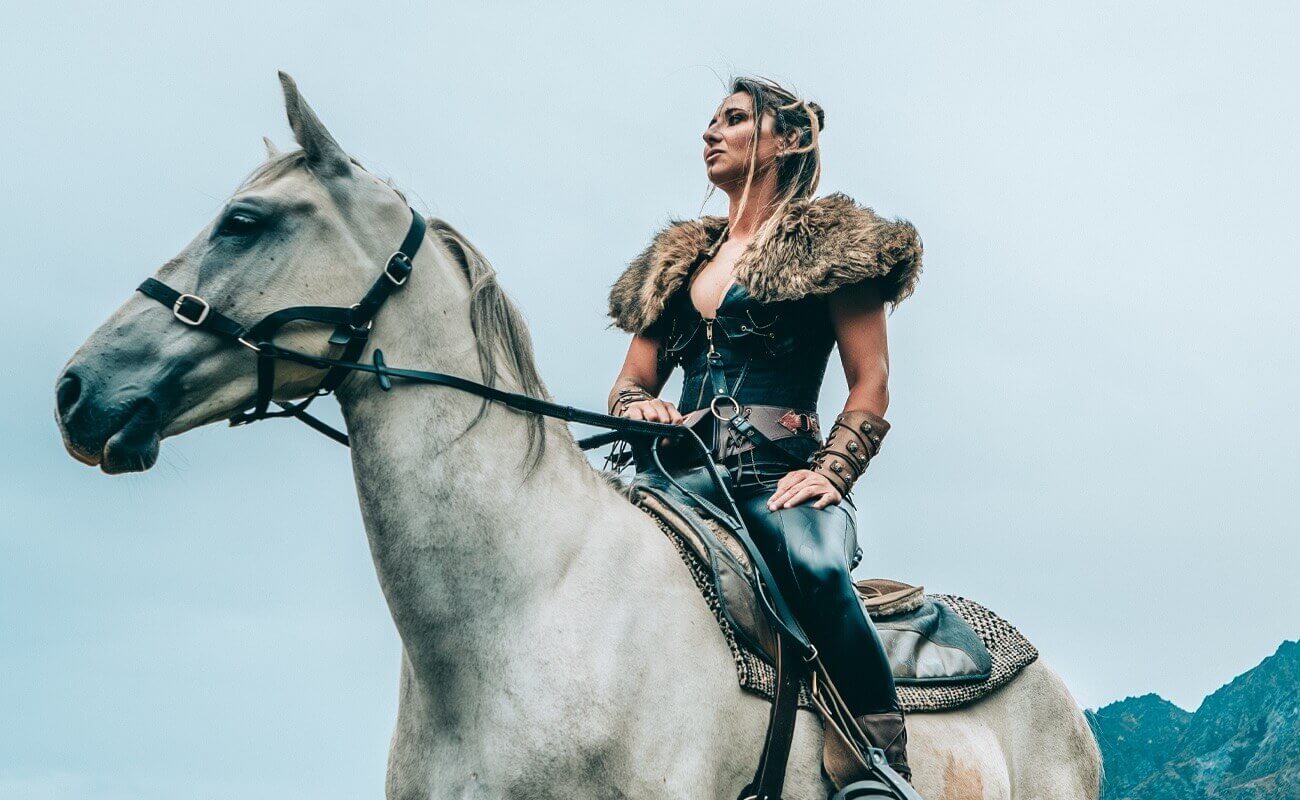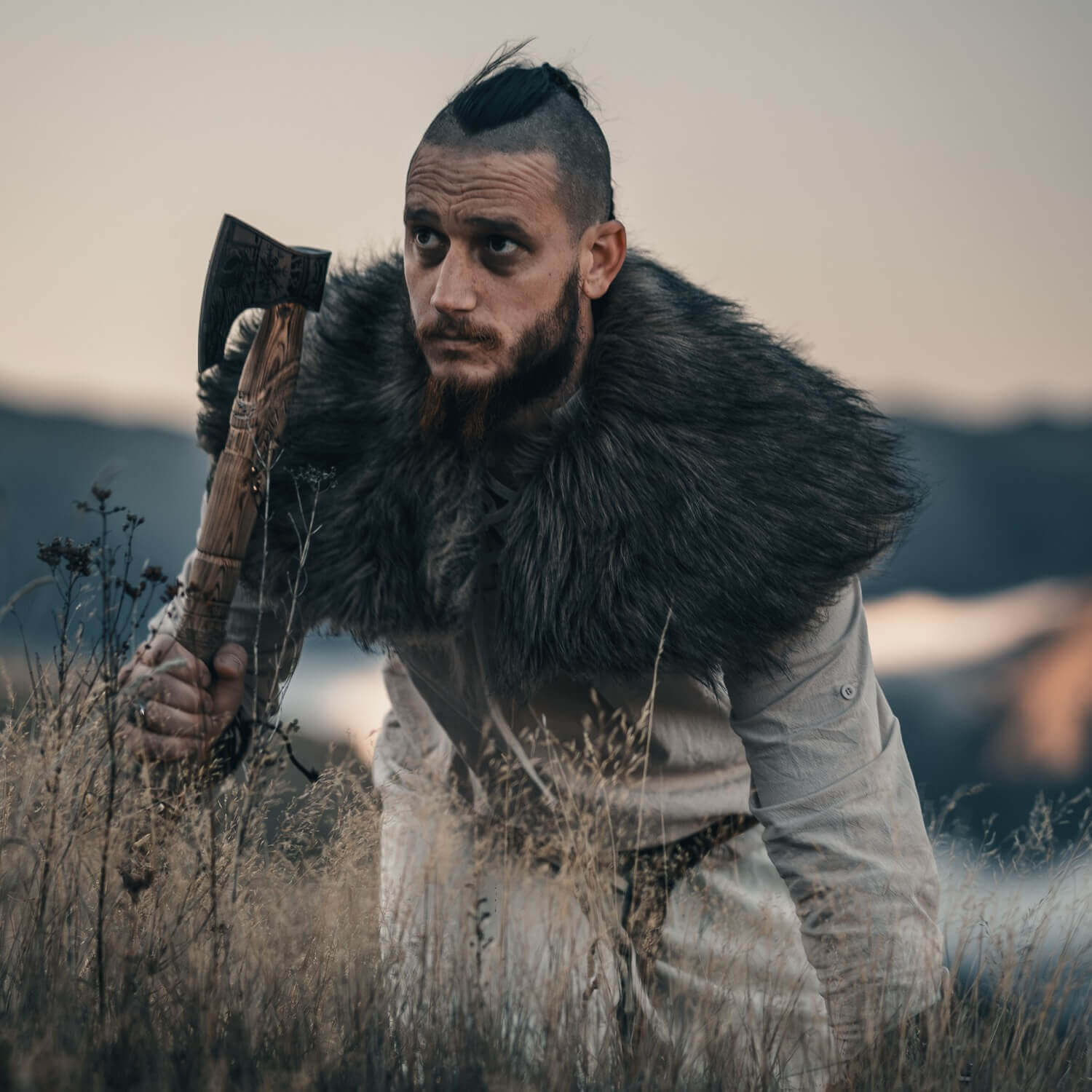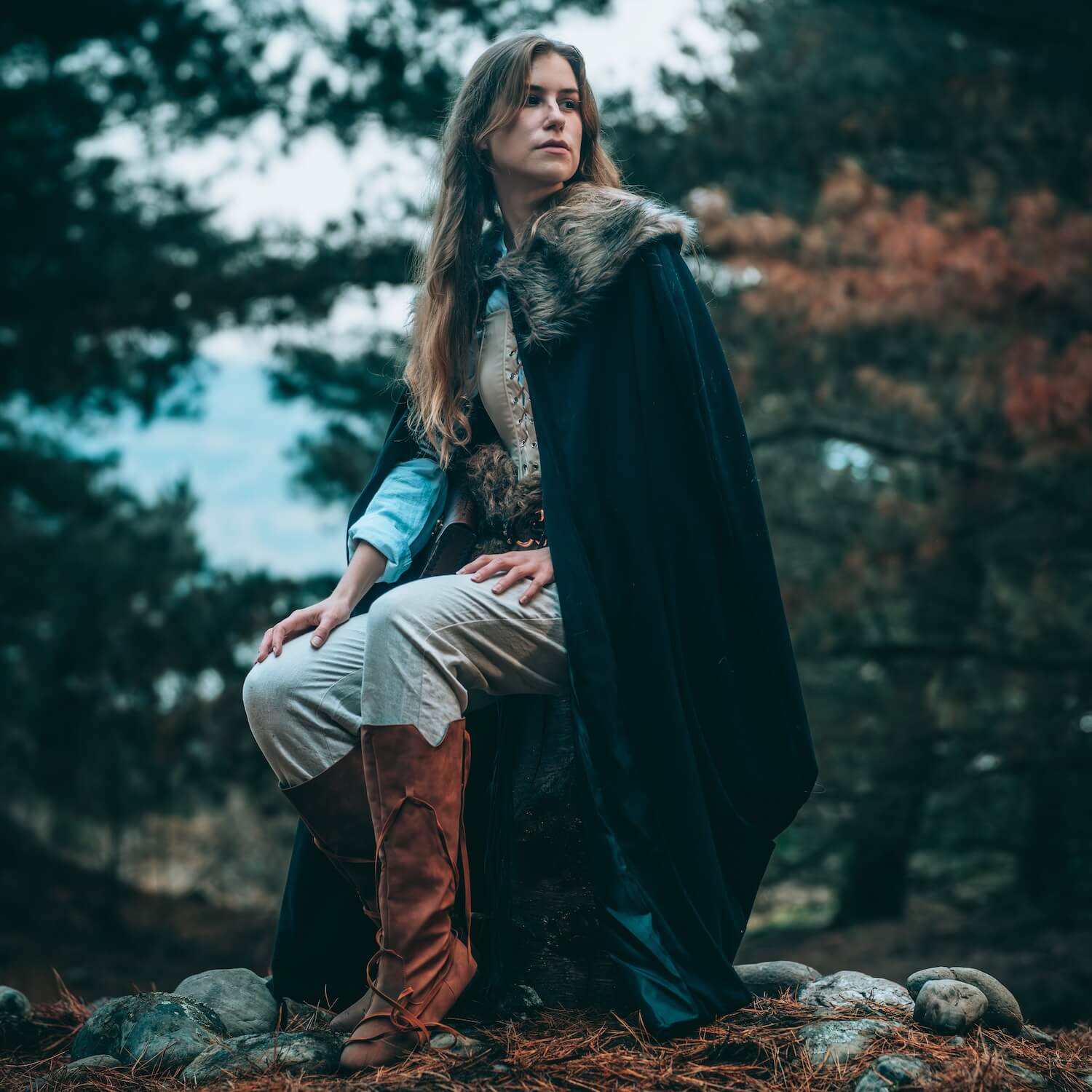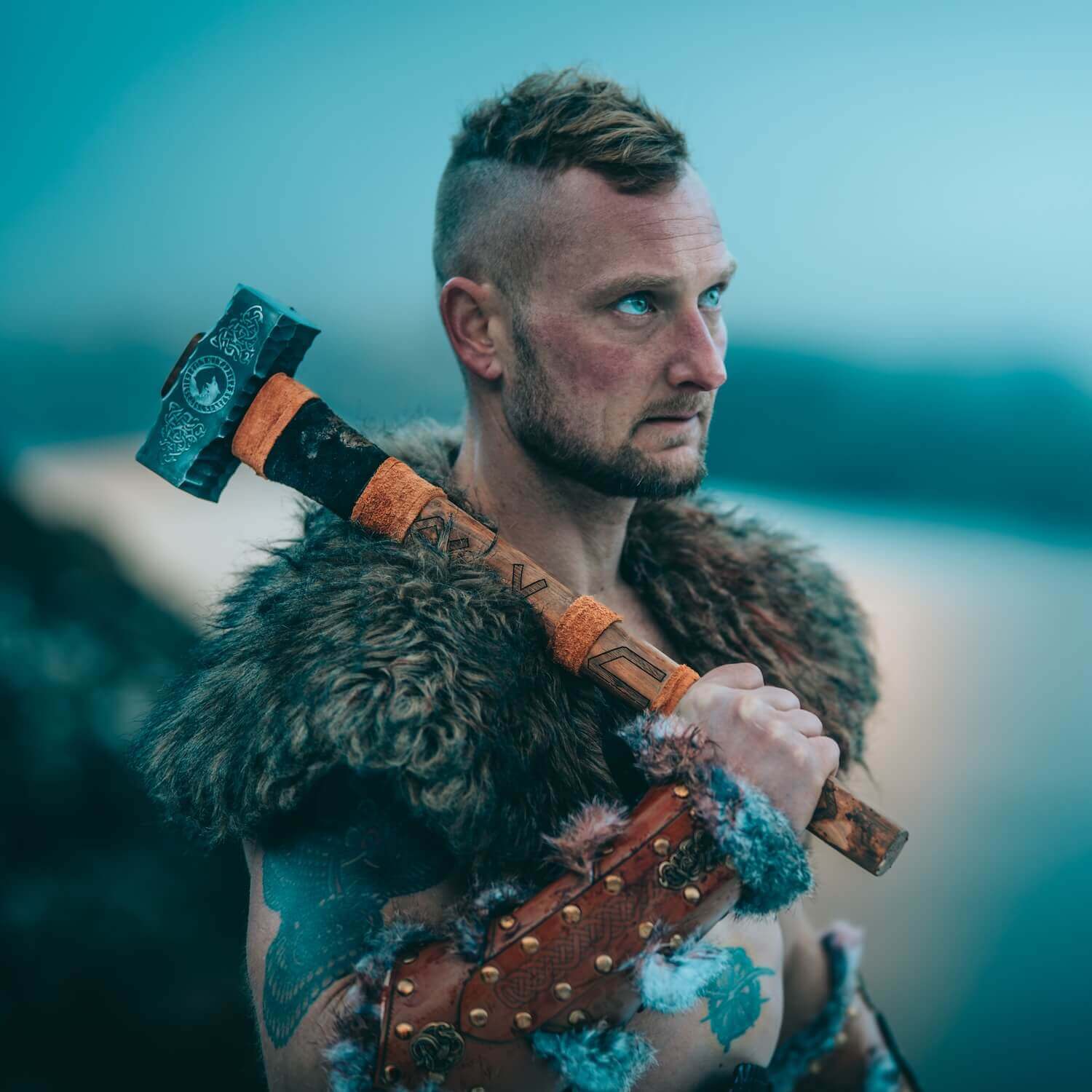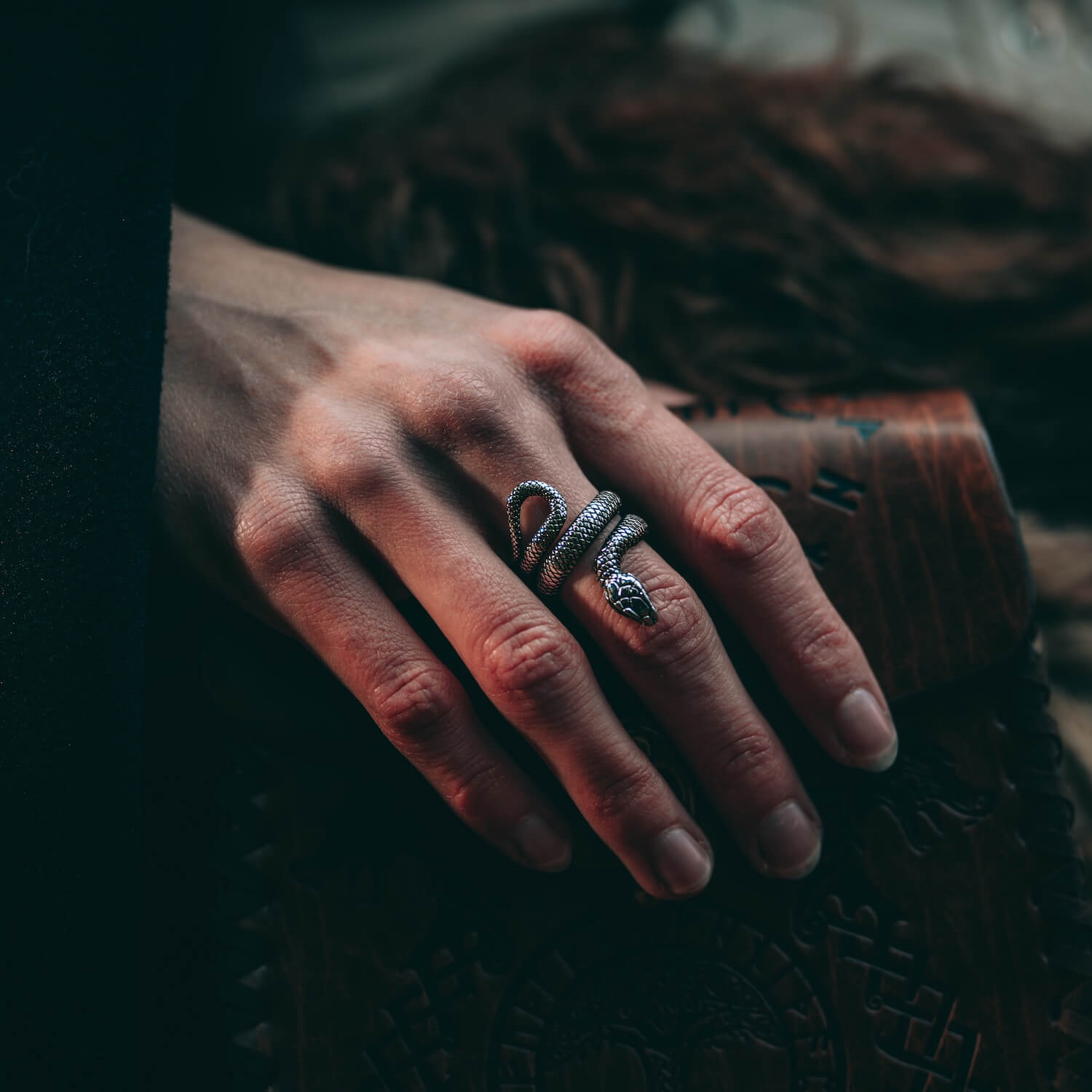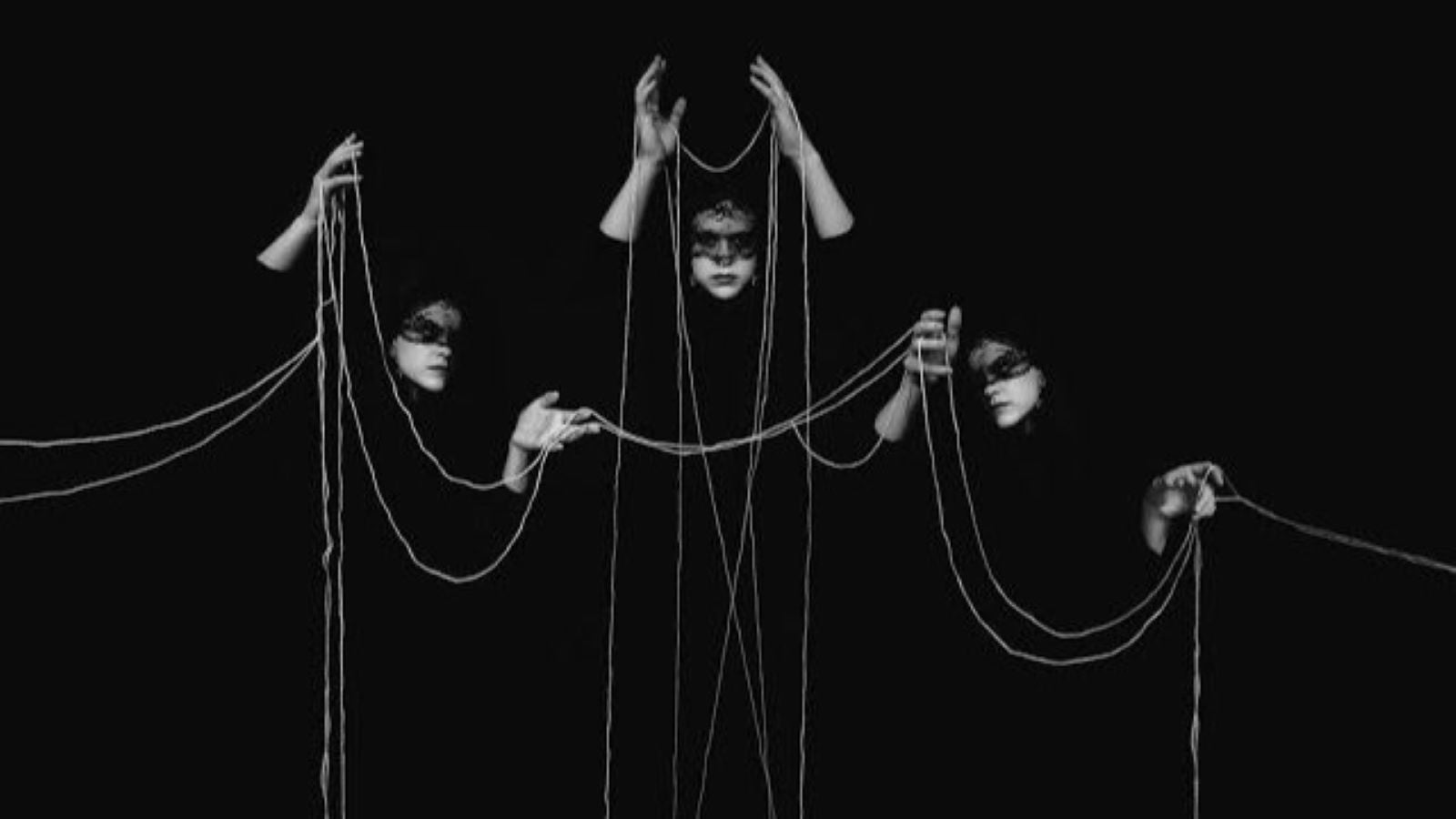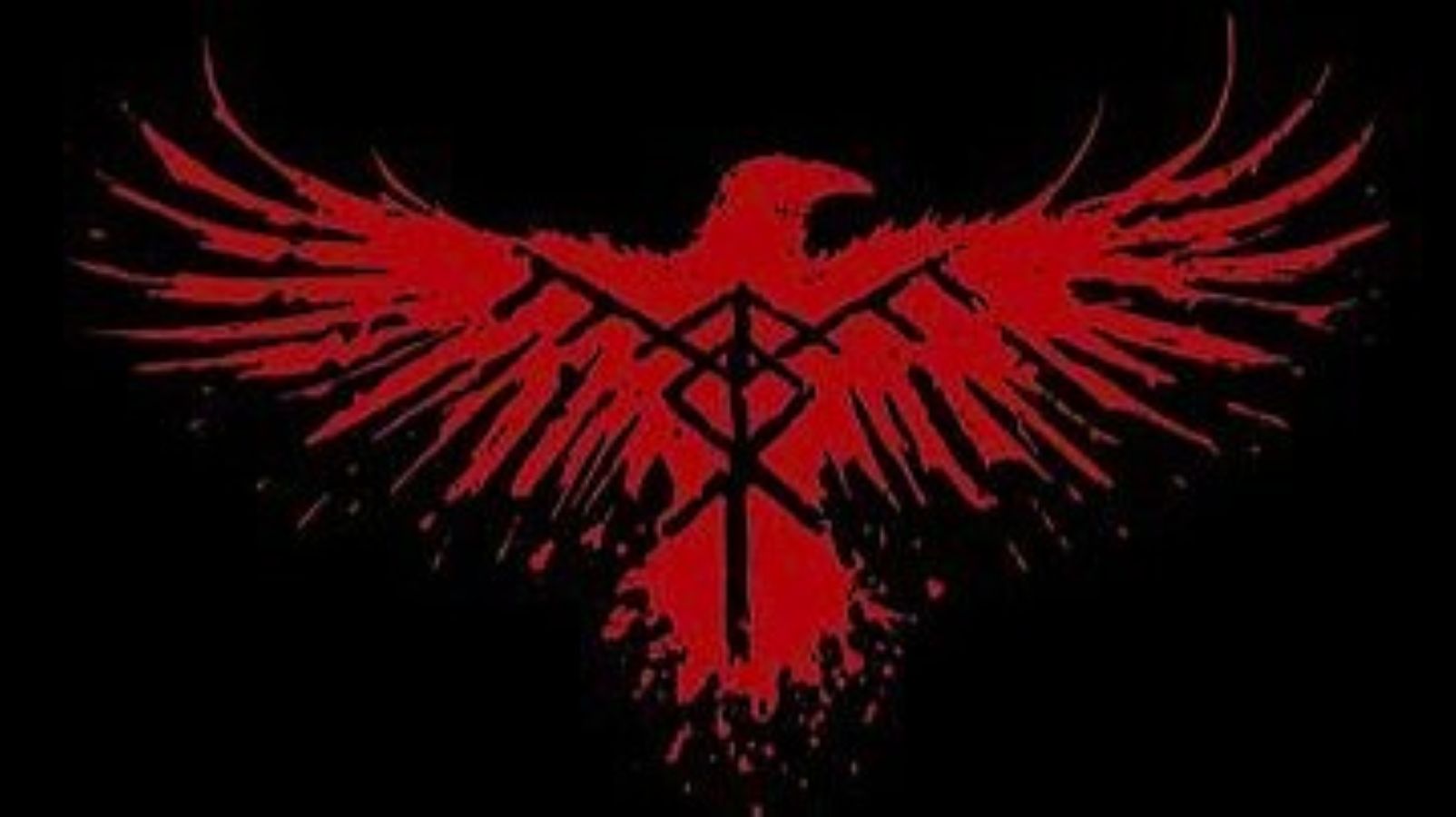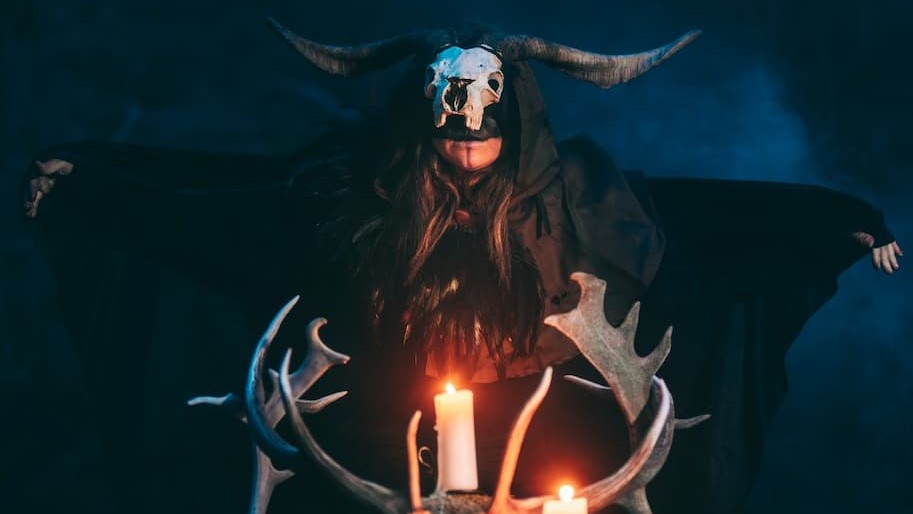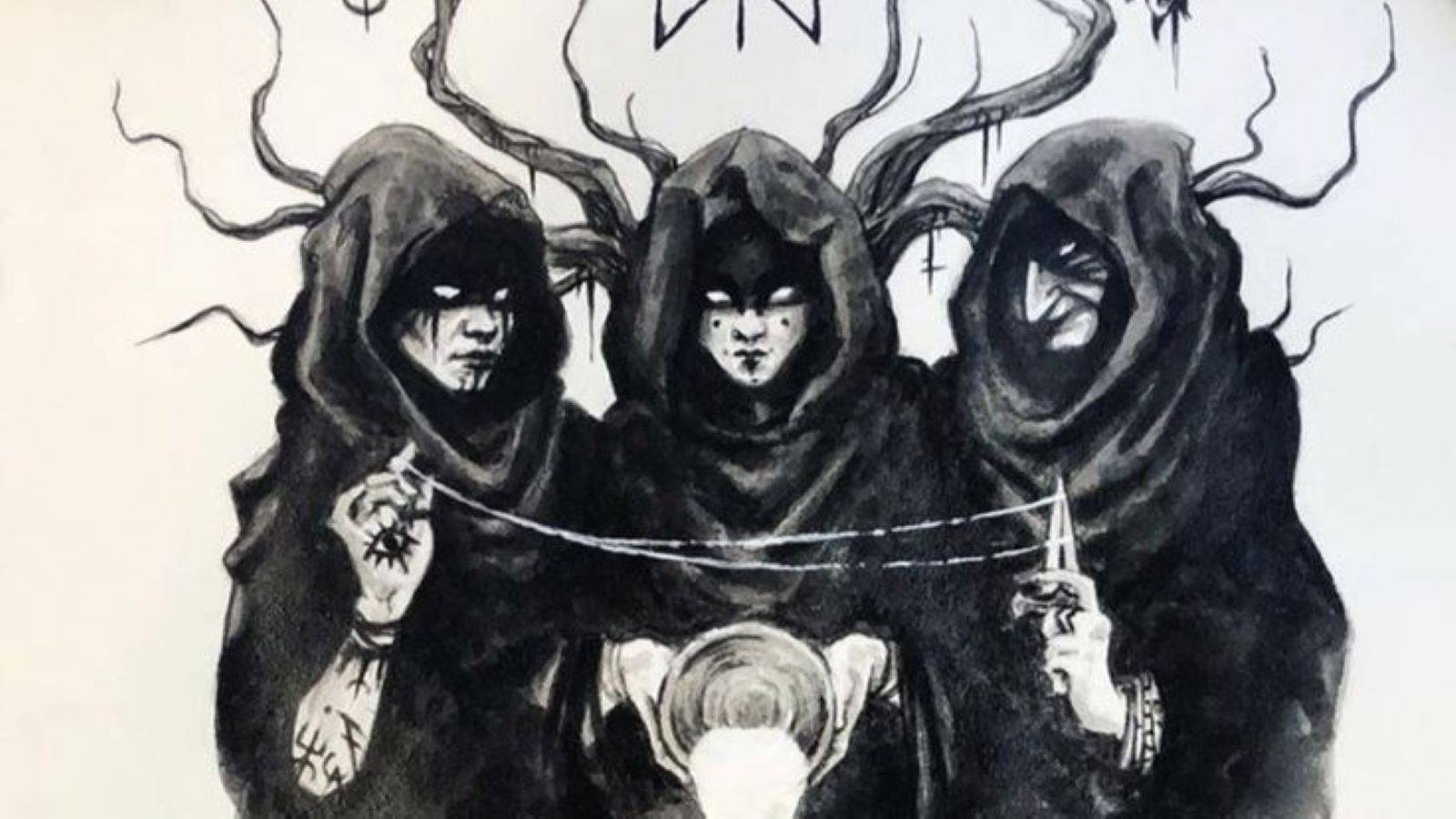
Weaving Fate: The Enigmatic Norns of Norse Culture
In the tapestry of Norse culture, few beings hold as much power and mystery as the Norns,, the weavers of fate who shape the destinies of gods and mortals alike. The Norns are often depicted as three wise women who dwell at the roots of Yggdrasil, the World Tree.
Urd, the eldest and wisest, represents the past; Verdandi, the present; and Skuld, the future. Together, they spin the threads of fate, weaving the intricate patterns that shape the lives of gods and men. At the base of Yggdrasil lies the Well of Urd, where the Norns gather to draw water from its depths and divine the fates of all beings. It is said that the waters of the well contain the memories and experiences of all who have ever lived, providing the Norns with insight into the past, present, and future.
Each individual is said to have their own thread of fate, woven by the Norns from the moment of their birth to the moment of their death. Yet, the Norns' influence extends far beyond the lives of individuals, they also shape the destinies of kingdoms, empires, and even the gods themselves.
In Norse culture, the concept of wyrd, or fate, is intricately tied to the actions of the Norns. It is believed that the Norns' weaving creates a vast cosmic web, connecting all beings and events in an intricate tapestry of destiny. Every action, every choice, sends ripples through the web, shaping the course of history in ways both profound and unforeseen.
Even the Norns are not immune to the forces of fate, and their role in the events of Ragnarök, the cataclysmic end of the world, is a subject of much speculation and debate. Some believe that they will continue to weave the threads of fate even after Ragnarök, guiding the new world that emerges from the ashes of the old.
This reminds us of the profound interconnectedness of all things and the eternal dance of fate and free will. Though their ways may be mysterious and their motives inscrutable, the Norns serve as a potent reminder of the inexorable march of time and the inevitability of destiny. They stand as powerful symbols of fate and destiny, weaving the threads of life with wisdom and foresight.

